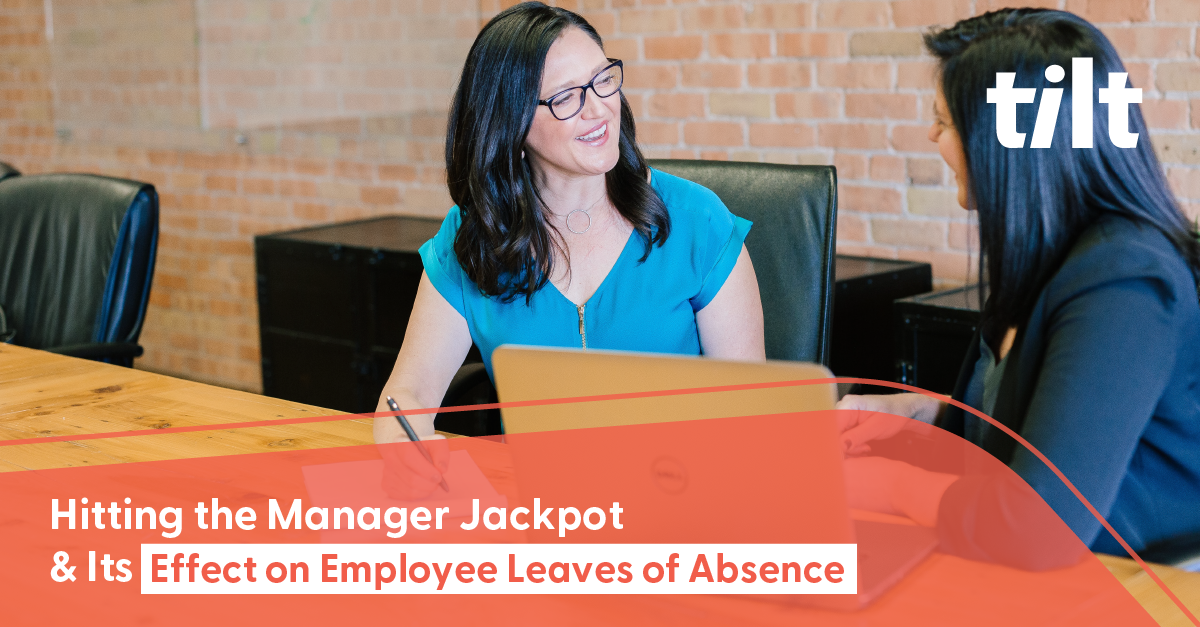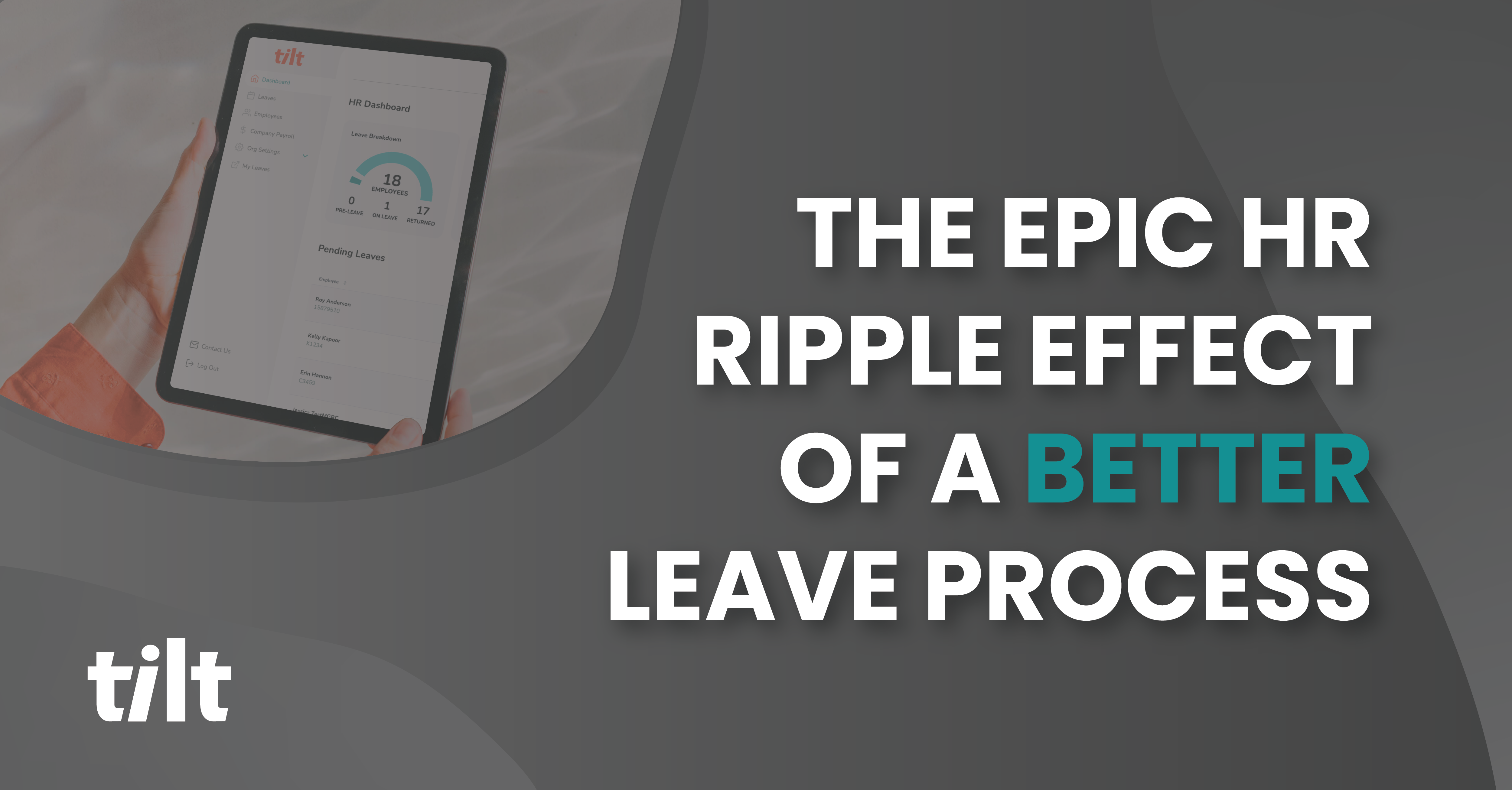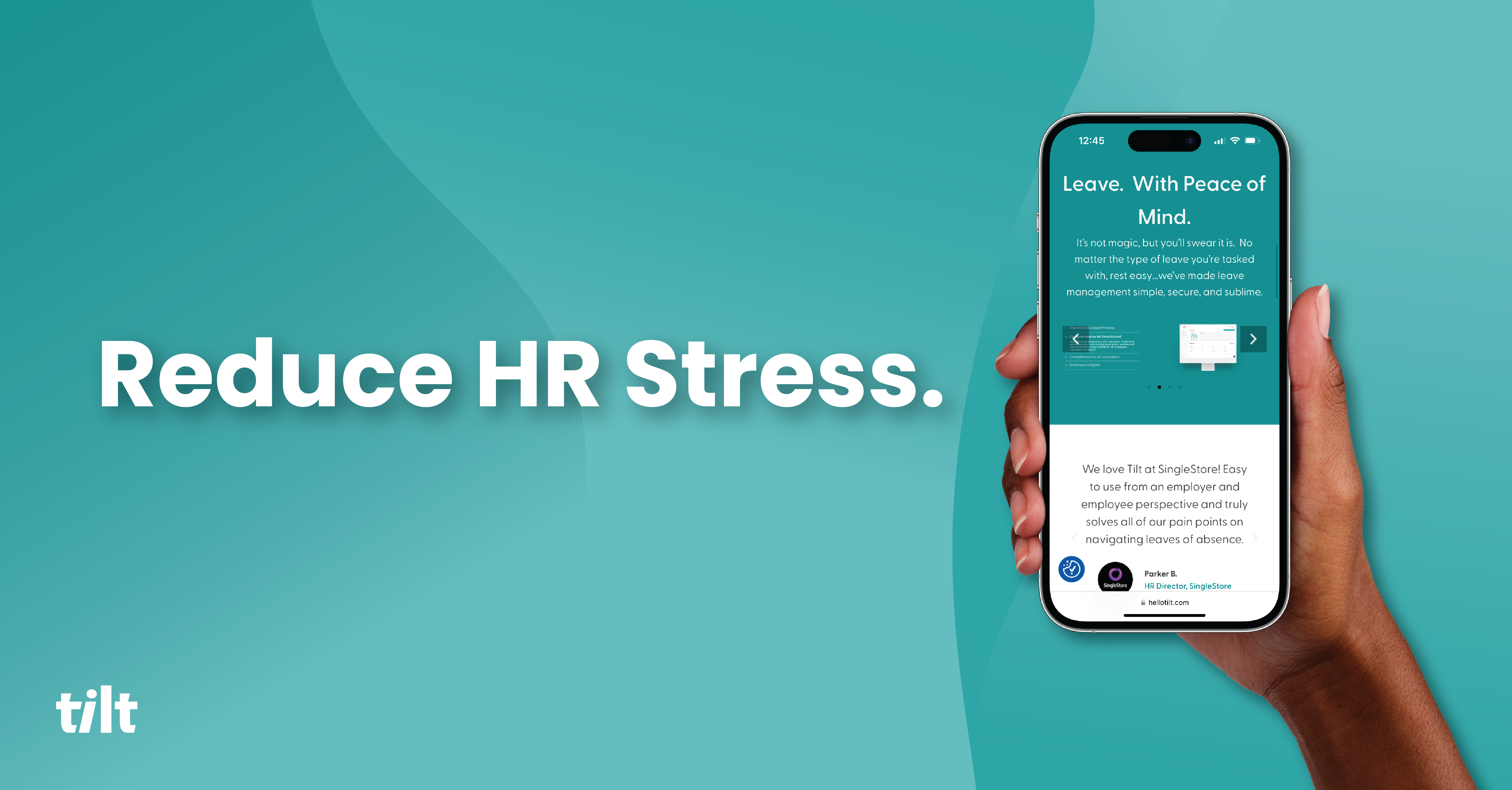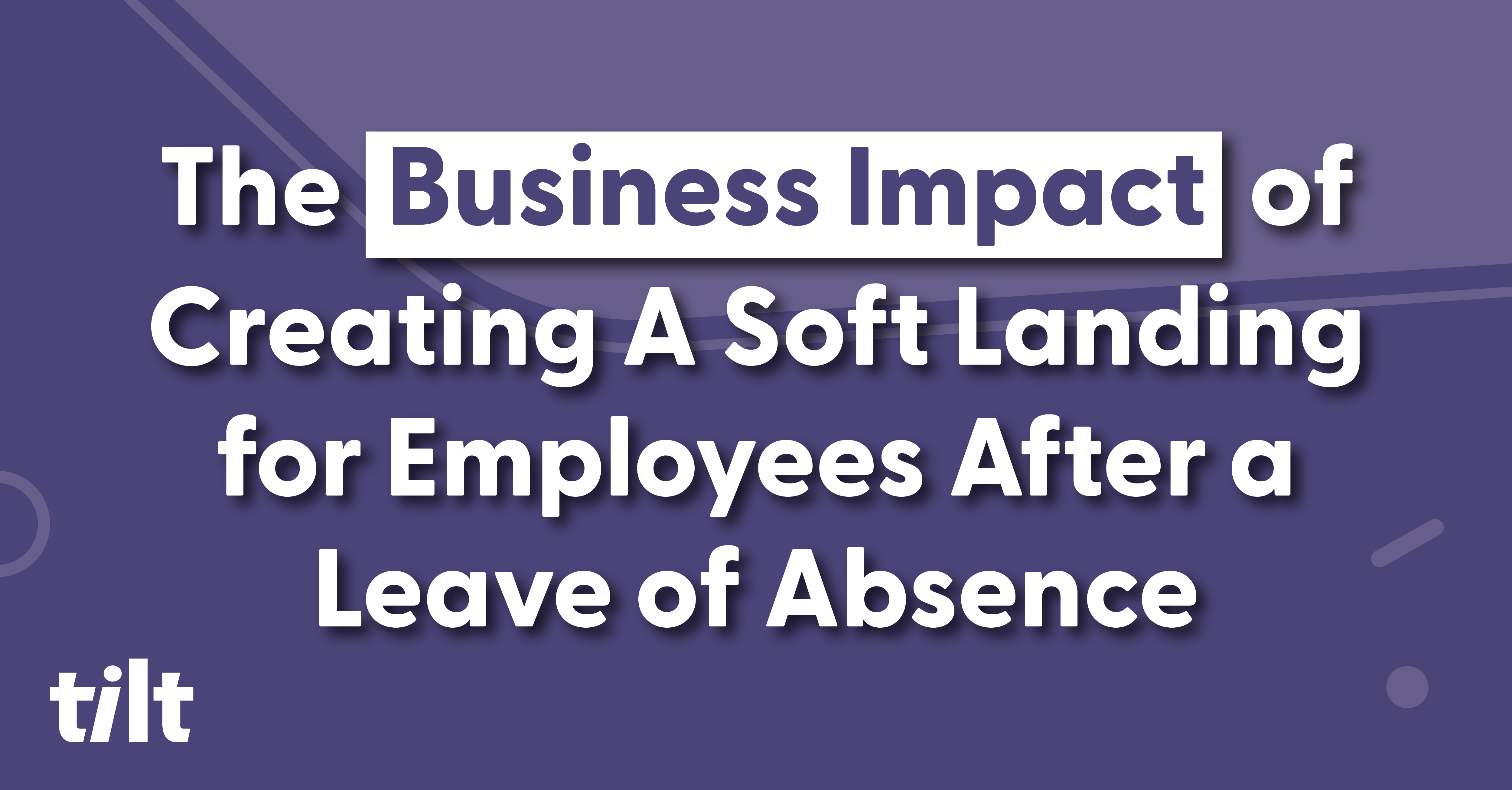Like a cousin you haven’t spoken to in 15 years coming out of the woodwork after winning the lotto, hitting the manager jackpot isn’t guaranteed to be all sunshine and lollipops, especially as it pertains to the consistency with which your organization manages leave of absences. When it comes to managing LOAs, consistency is key to providing a positive and compliant leave experience for all employees throughout your org.
Great managers can be hard to come by, so let’s talk about the impacts of inconsistently managing leaves, and what you can do as an organization to ensure the way your best managers handle their employees’ leaves of absence is how all of your managers do.
Different strokes for different folks
Having a pro-employee management style is a wonderful way to strengthen engagement within a team or department, however, if you don’t have a concrete leave of absence management protocol in place across your organization you run the risk of having two employees with different managers having very different LOA experiences.
On the surface it might seem like having a manager willing to push the limits of leave on behalf of their direct reports is a good thing, but the reality rears its ugly head when an old-school manager is stuck in their old-school ways when it comes to managing leaves. For example on one hand you have an employee being given a warm welcome upon their return, complete with a re-boarding plan in place and on the other hand their colleague is being pressured to return to work early because their manager is clueless about LOA legality (more on that below) and best practices.
The impact this has on an organization lasts much longer than the leave of absence duration itself, as The University of North Carolina points out, studies show that when employees feel unfairly treated, they are less productive, more likely to engage in deceptive behavior and less likely to stay with the company long term.
Even if one manager is following the letter of the law, if another manager goes beyond that either in an effort to be extra empathetic or to score GMPs (Good Manager Points) it fosters an environment where it can easily be perceived that two employees going through the same life event are being treated differently.
Most managers are LOA newbs
Managing leaves can be complicated even for the most well-seasoned HR professionals, so it’s unfair to assume that just because a manager is a rock star in their field that they know the first thing about leave. Providing a consistent leave of absence experience for your people will help keep you out of the courtroom, and a vital component to that success is manager education.
Managers with the best of intentions are still highly susceptible to being the reason your organization could face an LOA lawsuit. For example, a great manager might offer exceptions to employees in an attempt to be mindful of individual circumstances, but they may not realize doing so may appear to be discriminatory or unfair due to inconsistencies.
Educating managers can have a dramatic positive impact on mitigating these risks. In fact, leaving managers in the lurch is one of the most common FMLA mistakes made by People Teams and can have dire consequences on the effectiveness of your leave of absence management. Managers not only need to know what they can and can’t say, they also need to know what they can and can’t do as it pertains to leave.
Not only do managers need to know the rules, but each manager should also be applying them the same way to all employees equally.
How to Make it Simple
The best way to ensure your organization’s managers are overseeing leaves consistently is to make it easy for them to be informed, stay engaged and act compliant.
- Provide resources. Maybe this is the first time a manager is handling a leave request, or maybe they’ve handled them before but they’ve always been maternity leaves and this is a disability leave. Have a consistent set of resources at the ready for your managers so they know what their direct report is going through for each type of leave and what their rights are.
- Be explicit. Do all of your managers know your latest leave policies? Clearly outline what your organizational protocols are surrounding leave of absences, what your policies are, and what the expectations are around communication. An overzealous manager might think they’re going above and beyond, but as we’ve stated above that can get your company in a heap of trouble.
- Keep it organized. Once you have good leave practices in place, remove the variance by keeping comprehensive leave information in one place. This will help you consistently make it easy for managers to keep track of their employees on leave.
About Tilt
Tilt is leading the charge in all things leave of absence management through easy-to-use tech and human touch. Since 2017, our proprietary platform and Empathy Warriors have been helping customers make leave not suck by eliminating administrative burdens, keeping companies compliant, and providing a truly positive and supportive leave of absence experience for their people.






